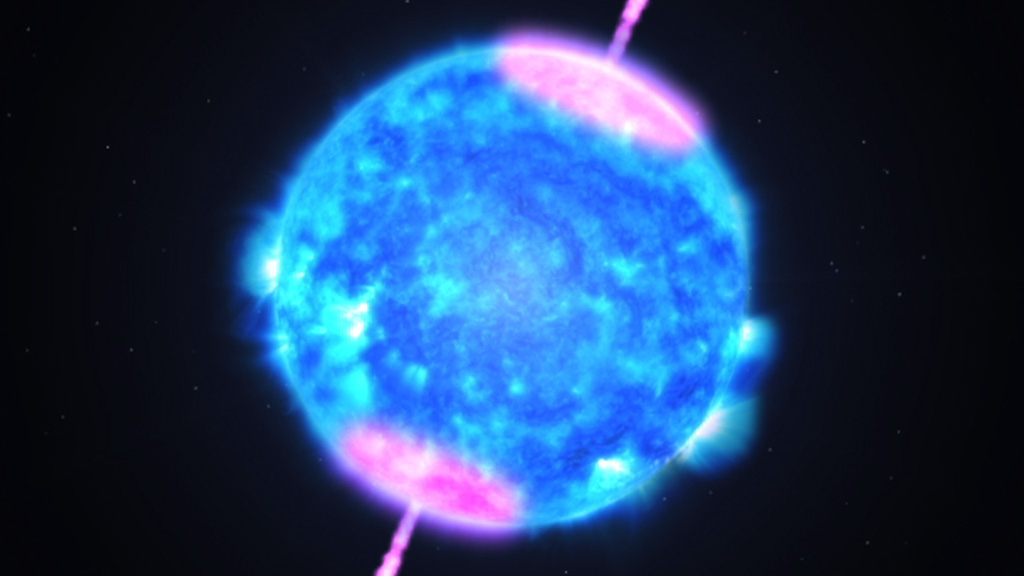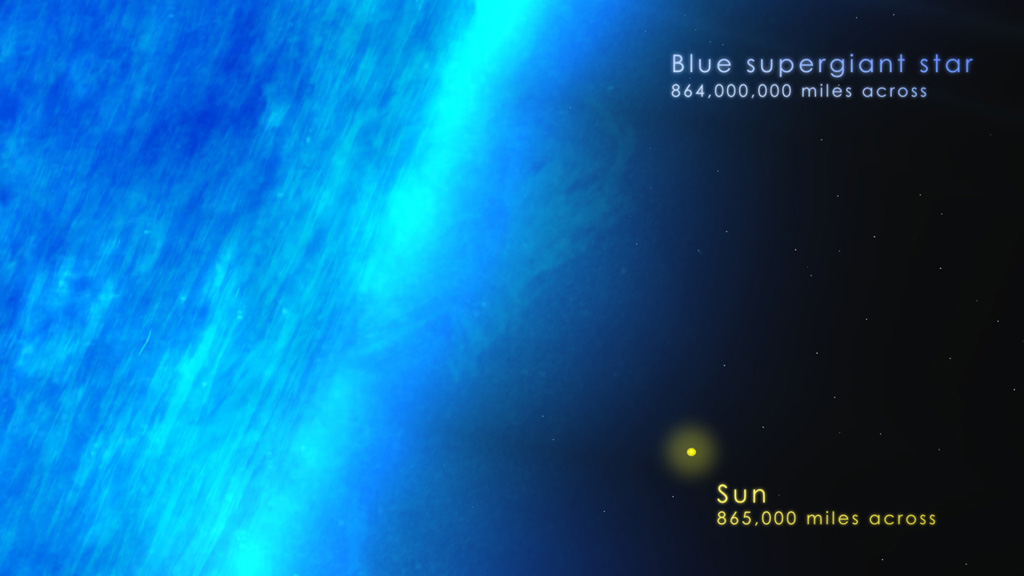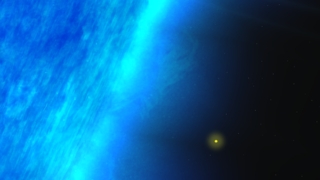Universe
ID: 12077

Gamma-ray bursts are the most luminous and mysterious explosions in the universe. The blasts emit surges of gamma rays—the most powerful form of light—as well as X-rays, and they produce afterglows that can be observed at optical and radio energies. On December 25, 2010, NASA's Swift spacecraft detected an unusually long-lasting gamma-ray burst in the constellation Andromeda. The event, nicknamed the "Christmas burst," produced high-energy emission for at least two hours. Astronomers think the most likely sources of these ultra-long gamma-ray bursts are blue supergiant stars. These stars hold about 20 times the sun's mass and may reach sizes 1,000 times larger than the sun. The star’s collapse gives rise to powerful jets that propel matter at nearly the speed of light in opposite directions. As they interact with matter in and around the star, the jets produce a spike of gamma rays. Watch the video to see an animation of the event.



The Christmas Burst




Related Story
For More Information
Story Credits
Lead Visualizer/Animator:
Scott Wiessinger (USRA)
Producer:
Scott Wiessinger (USRA)
Scientists:
Bruce Gendre (French National Center for Scientific Research)
Andrew Levan (University of Warwick)
Lead Writer:
Francis Reddy (Syneren Technologies)
Scott Wiessinger (USRA)
Producer:
Scott Wiessinger (USRA)
Scientists:
Bruce Gendre (French National Center for Scientific Research)
Andrew Levan (University of Warwick)
Lead Writer:
Francis Reddy (Syneren Technologies)
Please give credit for this item to:
NASA's Goddard Space Flight Center
NASA's Goddard Space Flight Center
Short URL to share this page:
https://svs.gsfc.nasa.gov/12077
Keywords:
SVS >> Astrophysics
SVS >> App
NASA Science >> Universe
https://svs.gsfc.nasa.gov/12077
Keywords:
SVS >> Astrophysics
SVS >> App
NASA Science >> Universe








